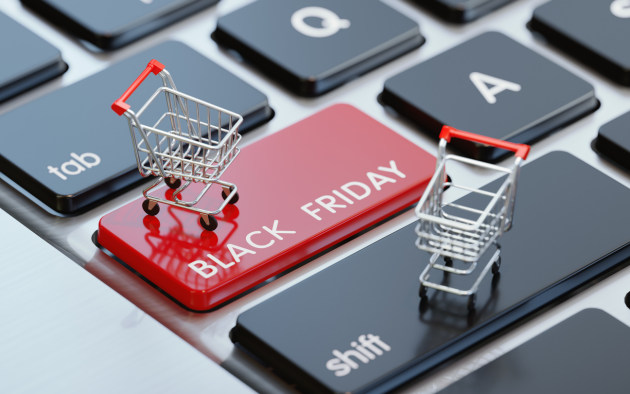eStar Client Services and Partner Manager Kylie Williams shares insights around navigating the peak trading period.
How did you and everyone around you think the 2022 peak period would go? I don’t believe anyone was really confident in predicting what would happen over the two major sale months of the year – November, which encompasses Click Frenzy, the growing popularity of Singles Day, Black Friday and Cyber Monday and December, which houses the pre-Christmas spending and then the Boxing Day sales.
My thoughts – I too was unsure. Could we continue to scale at the same or better rate than the year before? Or, because so much has changed in such a short time, would online spending scale back? 2022 proved to introduce some different obstacles than the year before.
We have learned to live openly with COVID, physical stores were starting their movement into re-opening again and, in some cases, establishing more. And have retailers taken on the previous year’s struggles with stock – selling out and with smaller suppliers, and the undeniable delivery delays that affected us globally?
Looking at the Black Friday and Cyber Monday 2022 period, the biggest question that I saw was when asked: when did it or does it start, and when does it end?
As the years have progressed, there isn't a single day with a starter pistol 'Go' notion for Black Friday to kick off and a last lap flag waved on Cyber Monday morning. It seems these key dates are absorbed into a mammoth month of varying starting dates depending on the retailer and their goals in mind. Does this undeniably contribute to much consumer confusion on when should they place their order?
With everyone competing to get ahead of the sales, the start date for retailers' Black Friday Sales can now be assumed to be days, even weeks in advance and with varying end dates. This can sometimes be dependent on if the previous days/weeks have been successful enough that you may just sneak in a few last-minute 'final days'.
For consumers, when November starts to creep around the corner, if you haven’t started your Black Friday sale, consumers will wait until your sale starts or hold off as long as they can. However, it does tend to get confusing and tiring - do I grab the item I have been waiting for now, or do I wait because my store may come onboard with a better price? It’s a bit of a guessing game.
And although there are many advantages for retailers to extend these sales. It provides their team members who are picking and dispatching their orders, whether internal or external at a 3PL, a more manageable workload and provides more confidence that their order will arrive in time when shopping for Christmas.
It allows for a steady flow of orders and revenue to flow through, as long as the excitement of the sale can keep its momentum and appeal.
With the extended sale dates in mind and the ever-changing landscape of eCommerce and the wider economic ecosystem, what did we see in the end?
According to Australia Post 2022 Report, and driven by the popularity of Black Friday and Cyber sales, online purchases topped last November’s record by 3%, making this the biggest month in Australian online shopping history.
Despite increased foot traffic back into retail stores, the popularity of online sales events showed no signs of slowing.
This year’s Cyber Weekend sales (Black Friday and Cyber Monday) were almost 7% higher than last year’s record Cyber Weekend period.
We saw a significant spike in volumes a few days prior to the official commencement of Black Friday on the 25th of November. This indicates that retailers are beginning their sales early to capture a larger share of the wallet.
There are certainly many retailers that did not have this result, and 2022 was still successful overall. It was, however, a lot smaller percentage rise compared to that experienced in other previous peak periods.
In summary, whilst the end-of-year peak period was still positive in 2022, although on a much smaller scale, it was no 2021 gem.
So what caused this? Why did 2022 not ramp up over and above expectations like 2021? Is the longer sales period taking its toll and not having the punch it used to, or did all the recent talk of inflation have an impact and reduce spending and consumers are thinking twice before adding to their cart?
Let's see what 2023 brings us.


